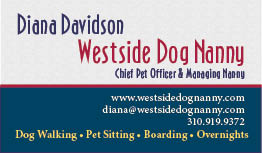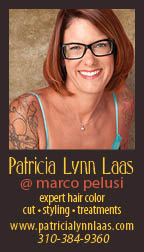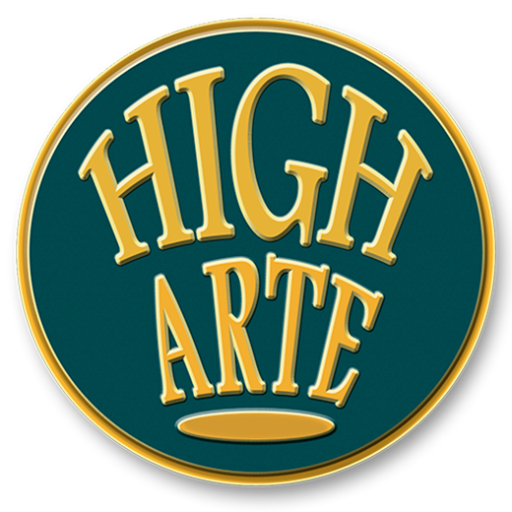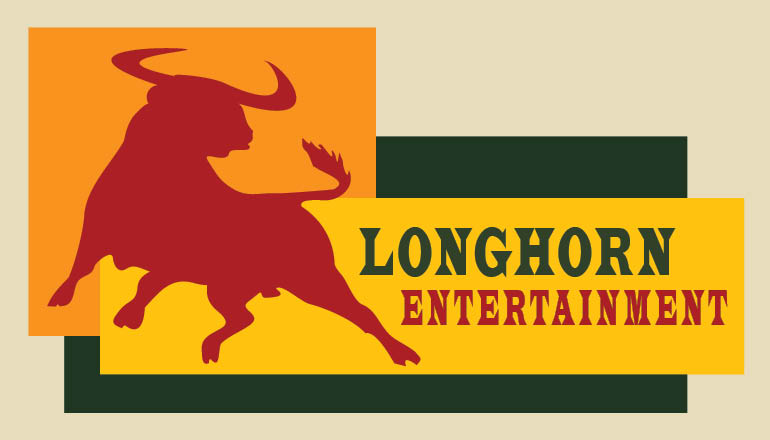First Impressions
Your business card is most often the first impression someone has of you and your company. And because a first impression is often a lasting one, it needs to communicate both a clear and distinct purpose and be memorable. If you have a clear idea of what the card needs to accomplish, it will focus the design process and keep the card from becoming wordy, overworked and confusing.
Your Business Card as Introduction and Teaser
Before the Internet, businesses often packed as much information on their cards as possible, listing everything they did or every service they performed, their history, background or anything else they thought might convince the card’s recipient that they were the one for them.
But today we live in an age where the Internet is as close as your watch or phone. If someone wants to know more about you or your business, all they have to do is to ask Siri to Google you. And wouldn’t you rather have your website describe all your wonderful products and services rather than someone trying to read the back of a business card in 9pt type?
Essential Ingredients
 Today’s business cards are an introduction and a tease to what may be!
Today’s business cards are an introduction and a tease to what may be!
So, keep it simple and to the point:
- Who & What: the name of your company (preferably in an appropriately designed logo) and if it’s not described in the name, a brief description of what you do
- Where & How: you’re location (Internet and office address (if applicable) and means of contact: phone, cell, text, email, Skype, etc.
Less Is More
Remember, with today’s design esthetic, less is more, so, keep it simple; the most successful and memorable contemporary business cards trend toward clean, open, visually sophisticated designs, with only enough text to communicate the essentials.
Your Business Card & Your Brand
As a graphic and web designer, I believe every element of a company’s visual expression needs to communicate a consistent point of view across all channels in order to convey the company’s brand.
A business card that is inconsistent for whatever reason, including tradition, the desire to make a statement or differentiate between departments or employees, confuses and undercuts that company’s brand and calls attention to it’s inconsistency.
Be Creative but Standard in Size
While you want to your business card to stand out and be remembered, especially at networking events, what you also want to encourage is having the card’s recipient hold on to it. And while an unusually shaped card will stand out, if it doesn’t fit into a standard 3”x2.5” business card holder, it could very well get tossed.
An unusually shaped card may also cost considerably more to print. Therefore, you need to way both the expense and the card’s usability in deciding whether to break the 3”x2.5” mold.
Use Both Sides
A 3.5”x2” card doesn’t give you a lot of room to convey both brand and message, therefore both sides of the business card can serve as your canvas for very little additional cost. The back of the card is the perfect place to include a description of your services or products as well as a photograph.
 Use of Photography
Use of Photography
Adding a photograph to your business card requires no additional expense, other than the cost of the photograph, but it can be a very valuable addition. The personalization of a business card will not only help people remember who it is that gave them the card, it also humanizes the company or service the card describes.
We, as humans, are hotwired to recognize faces and instantly evaluate what that face conveys, a/k/a first impressions. If you have a good picture of yourself (preferably smiling because we respond favorably to smiles – check out any TV commercial) then your picture – particularly if you provide a personal service – will indeed be worth those thousand words and should be added to your card.
Proofread!
Before the card goes to the printer make sure everything is spelled correctly and all the information is correct. It’s a good idea to have two or three people review the copy and the final design, because the last thing you want is to receive a box filled with 1000 business cards and discover the last two digits of the phone number have been reversed.

